#support
Chapters and interviews tagged with ‘#support’
Related Book Chapters & Interviews
 Interview № 23 of 24
Mathias Meyer
Interview № 23 of 24
Mathias Meyer
Mathias is one of the original founders of Travis CI. In this episode, we talk about the difficulty of leaving the company he helped start, and the challenges of moving on.
 Interview № 21 of 24
Steve McLeod
Interview № 21 of 24
Steve McLeod
Steve McLeod is the founder of Feature Upvote, a SaaS tool to enable your customers to suggest and upvote improvements. In this episode, we talk about and compare his experiences running both a B2C app and B2B app and the value of having a part-time system administrator on retainer.
Automation will be your friend, but only if it’s deployed strategically. Automating everything as soon as it’s annoying will be a distraction and prevent you from doing the work that matters. Make a plan for progressive automation and improve iteratively.
Every time you make a change, it won’t be universally embraced by your customers. You’re rocking the boat, and it’s worth spending a little extra time to make the transition as seamless as possible.
It’s easy to forget when you’re focused on shipping, but you have to keep your customers in the loop. Tell them what’s coming, and help them prepare for transitions. Let them know when you have to go offline for emergencies and other planned downtime. Always strive to keep the lines of communication open and honest.
Feedback will either be plentiful or non-existent, but once it’s plentiful, don’t ever take it for granted. Maintain a conversation with customers and always dig deeper. Be thankful they took the time to share, and be honest about how you plan to act–or not act–on their feedback.
When you eventually make a mistake that affects customers, you’ll be tempted to sugarcoat the problem. This is a terrible idea. Honesty and transparency are best, combined with a clear and well-documented explanation of your path forward to prevent it from ever happening again.
Support is a reactive approach to helping your customers. These days, you want to be more proactive. And you absolutely want to help customers in the places and media they’re comfortable with. Scale carefully, but always go out of your way to give great support and learn from your customer requests.
Free trials are a core part of what makes self-service SaaS powerful, but there are countless ways to handle trials. Don’t treat your trial period as an afterthought. Carefully consider the pros and cons of different approaches to free trials and demos.
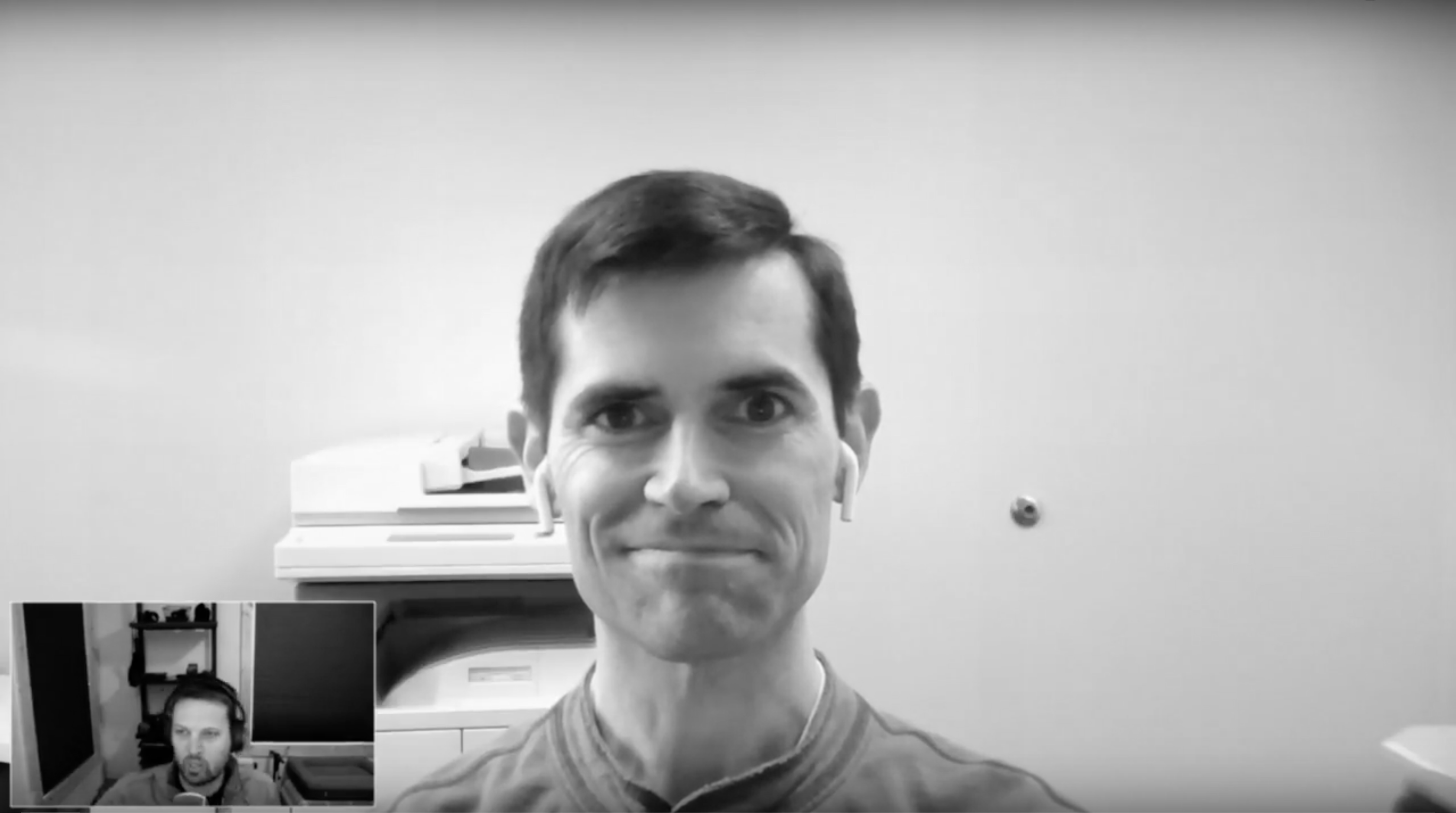 Interview № 20 of 24
Ben Curtis
Interview № 20 of 24
Ben Curtis
Ben and his co-founders started Honeybadger after a bad experience with an existing exception tracking tool. With a focus on customer service, they’ve successfully bootstrapped it into a healthy and sustainable full-time endeavor.
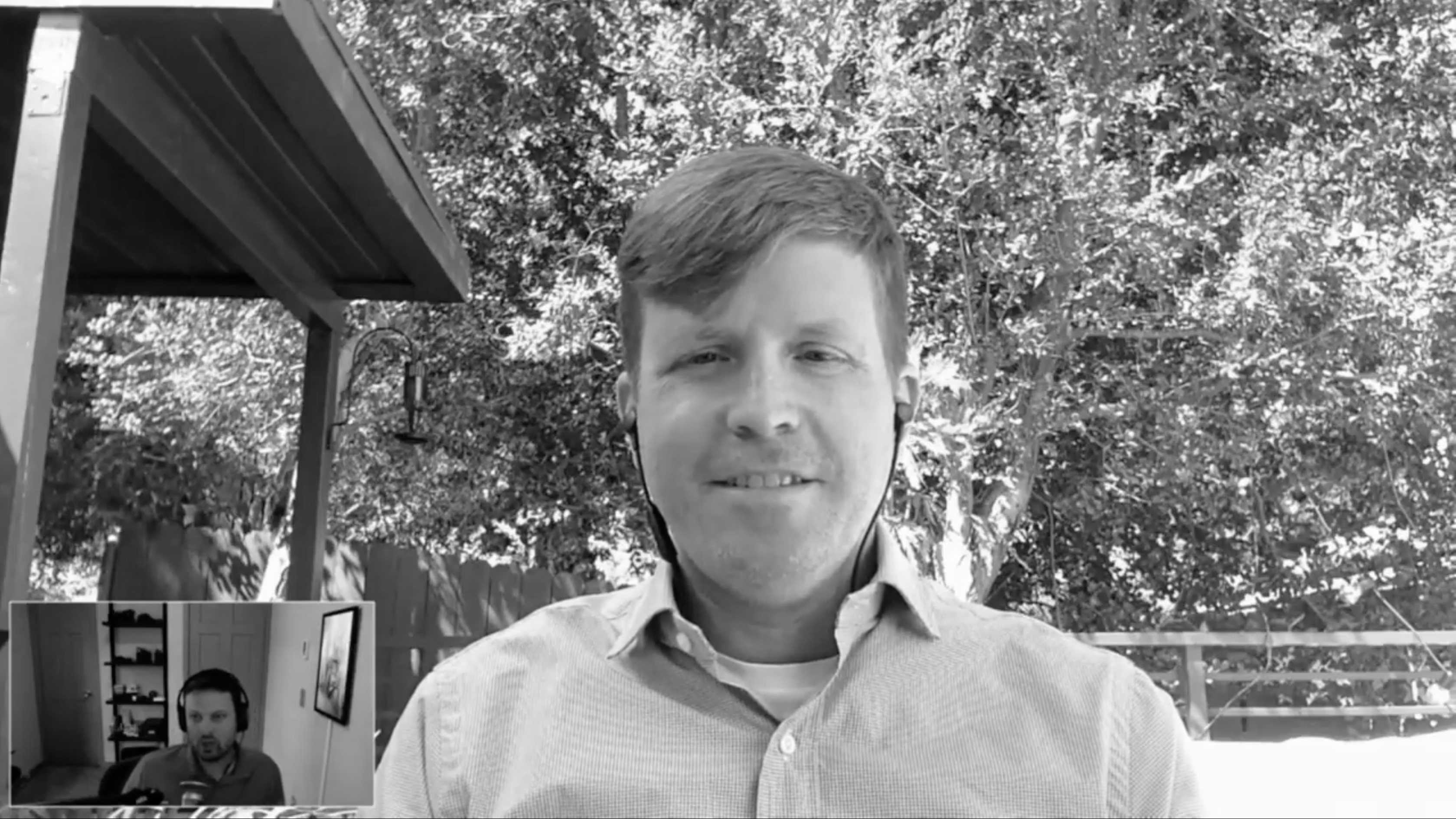 Interview № 19 of 24
Scott Nixon
Interview № 19 of 24
Scott Nixon
Scott Nixon is the co-founder of Meal Mentor, a subscription-based vegeterian meal planning service. Scott handles the technology side of the business and works to keep the operational side of things humming with software.
 Interview № 18 of 24
Matt Goldman
Interview № 18 of 24
Matt Goldman
Matt and I talk about running a SaaS business after acquiring it, the mistakes they made early after taking over Churn Buster, and the common ways that SaaS businesses get dunning wrong and how they can do better. We also talk about the value of iteratively improving automation for tasks and how important it is to clearly document and explain manual process.
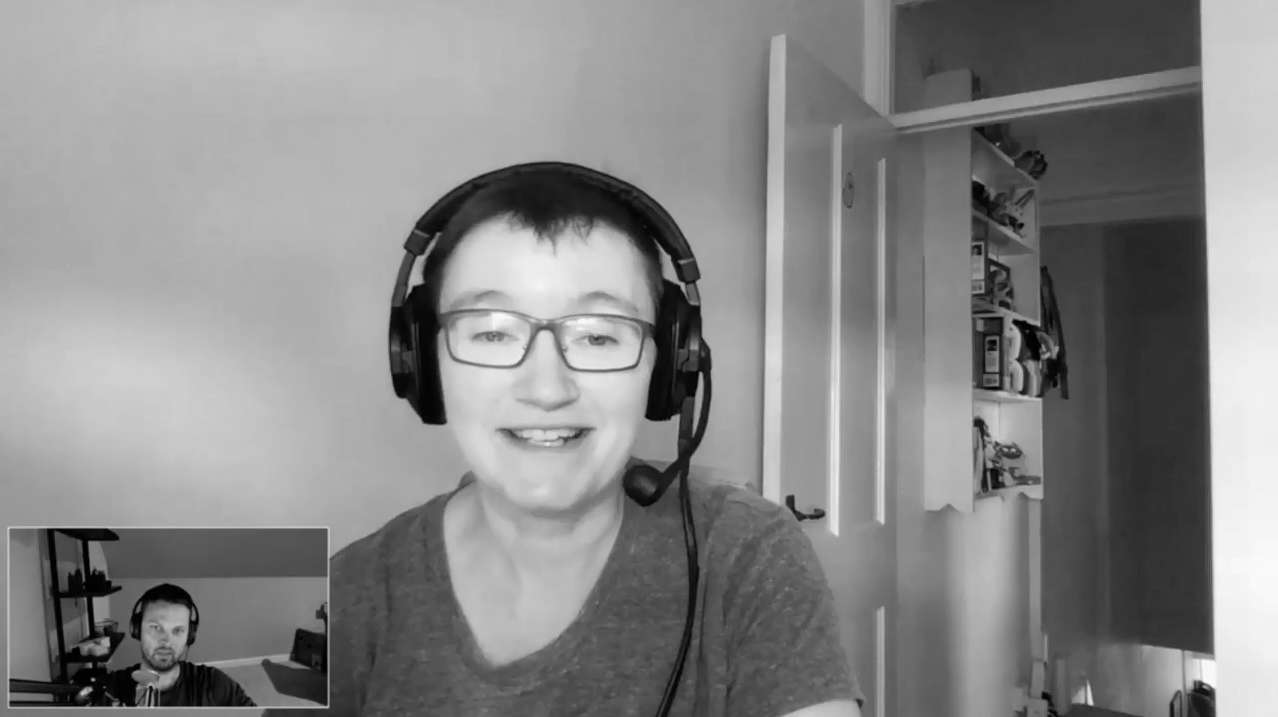 Interview № 17 of 24
Rachel Andrew
Interview № 17 of 24
Rachel Andrew
Rachel and I talk about what it’s like supporting self-hosted software, juggling a busy travel schedule to make time for work. She’s been working on Perch with her husband Drew for eight years, and they’re still going strong.
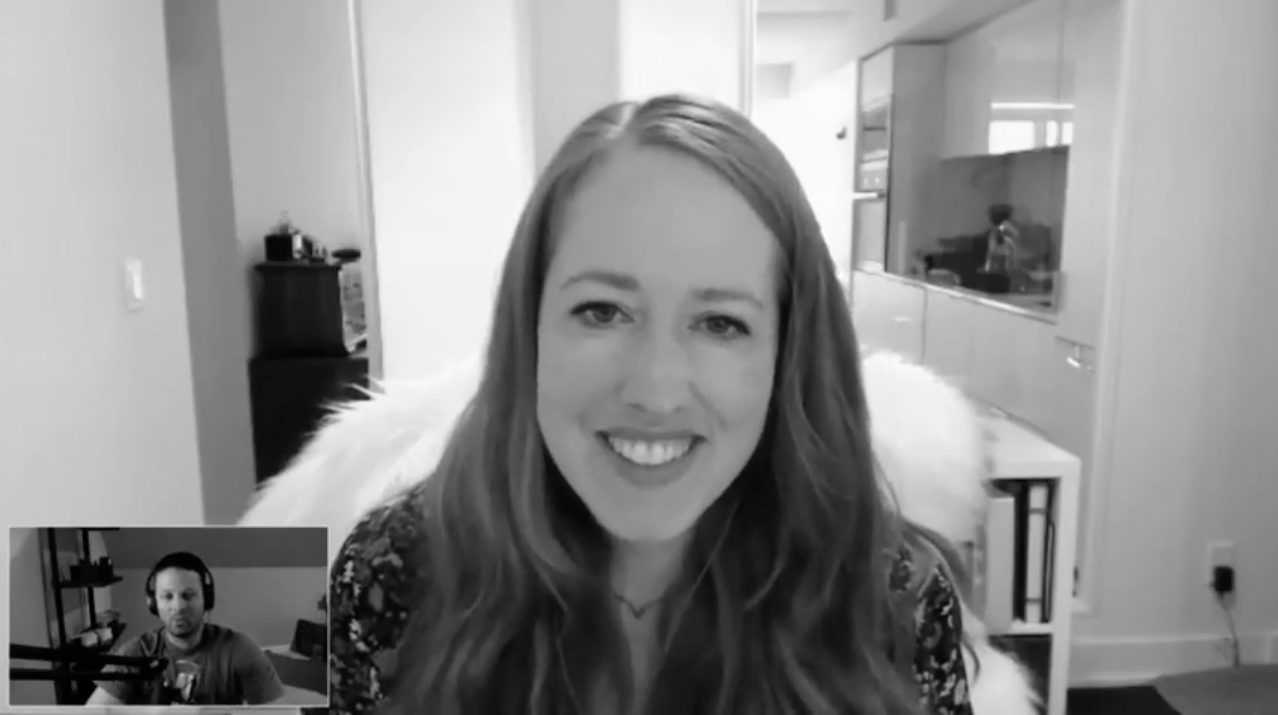 Interview № 16 of 24
Tracy Osborn
Interview № 16 of 24
Tracy Osborn
Tracy and I talk about her experience building and running Wedding Lovely, raising some funding for it, losing a co-founder, and even going through a heart-breaking acquisition process with Etsy. Through it all, she’s kept going and even published books to help others build their own web applications. She’s a brilliant example of someone that simply won’t give up, and while there’s no IPO looming, she’s making a great living doing what she loves with a small team.
 Interview № 7 of 24
Natalie Nagele
Interview № 7 of 24
Natalie Nagele
Natalie and I talk about bootstrapping, learning that marketing is a necessary part of growing a software company, and the transitions that led Wildbit to be a family-focused company. We touched on the benefits and challenges of running a multi-product company, the inspiration for the various products, and the difficulties of hanging in there as a business gets older and the responsibilities grow and change.
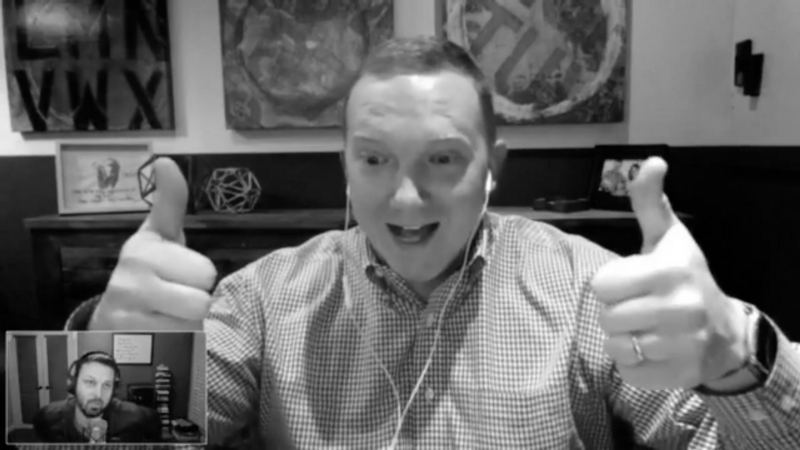 Interview № 6 of 24
JD Graffam
Interview № 6 of 24
JD Graffam
JD and I talk about buying and selling SaaS applications and share some details from the process of selling and transferring Sifter. JD shares what it’s like juggling multiple businesses and how he makes it work, and he dives into the attributes and insights he uses to decide whether a SaaS application is a good opportunity or not and how he does business a bit differently. This is an episode that’s near and dear because I feel like it shares some of the less-often seen aspects of transactions like selling businesses. I really hope you enjoy it.
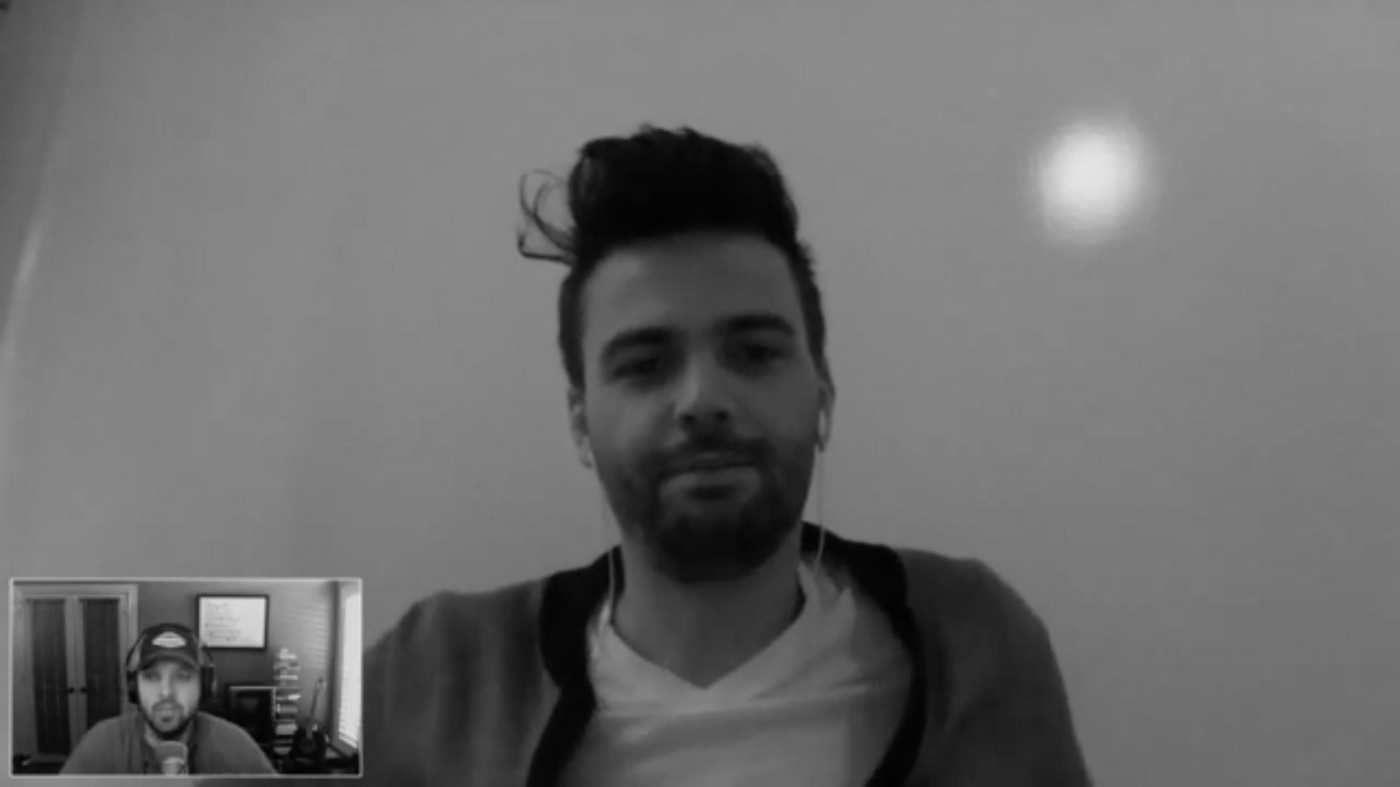 Interview № 5 of 24
Tyler Rooney
Interview № 5 of 24
Tyler Rooney
Format had seven people on the payroll before Tyler even got paid. We talk about bootstrapping in Canada, the amazing story of how they acquired the Format.com domain name, and what it’s like transitioning from a survival mentality to a growth mentality as a business grows.
 Interview № 4 of 24
Peldi
Interview № 4 of 24
Peldi
Peldi and I talk about moving from California to Italy to lower his cost of living to start a company, juggling different delivery formats for software (and the associated payments challenges), giving amazing support, and bending over backwards to help customers. While he originally didn’t want to grow the business beyond himself, Balsamiq is now a team of 23 people based all around the world.
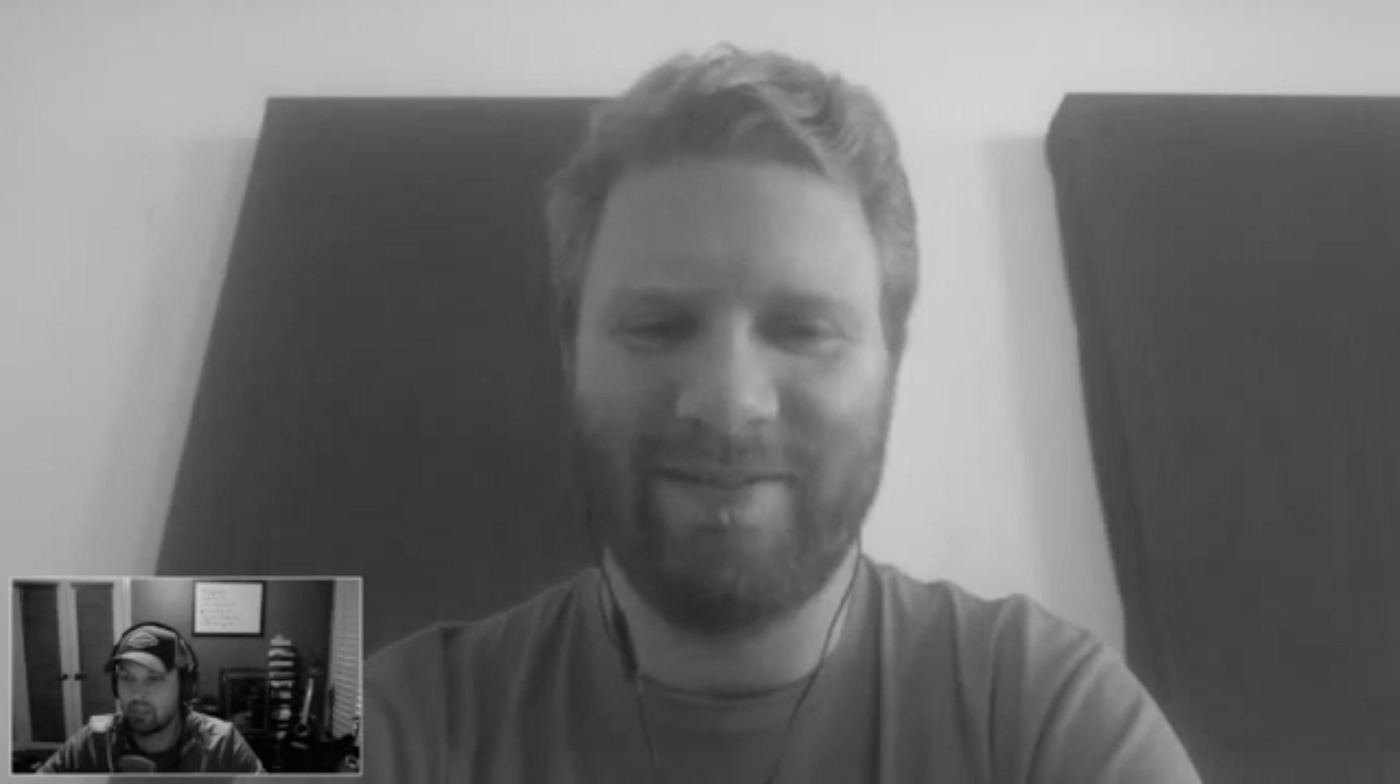 Interview № 3 of 24
Pat Allan
Interview № 3 of 24
Pat Allan
Pat Allan turned his open source side project into a profitable Heroku Add-on. We talk about the advantages and disadvantages of building on another company’s platforms, doing support for both open source users and paying customers, and some of the trickier parts of parlaying open source success into a profitable business venture.
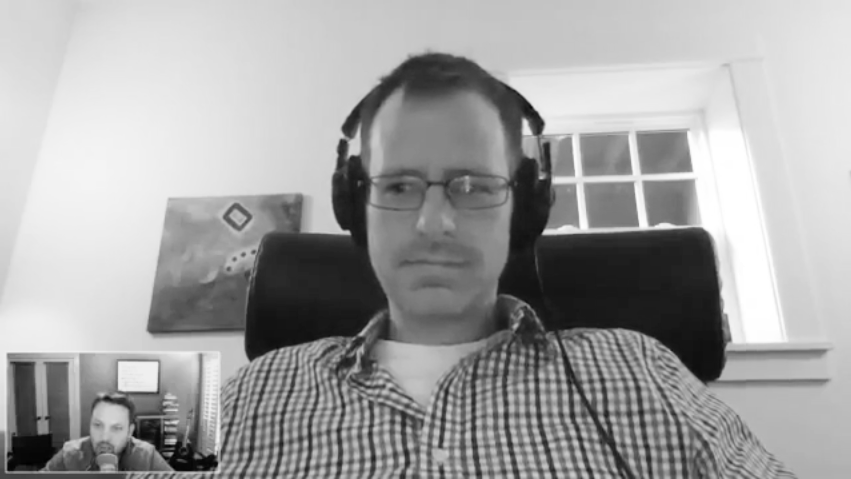 Interview № 1 of 24
Mike Perham
Interview № 1 of 24
Mike Perham
Mike Perham has successfully built a wildly profitable one-man business built on his open source efforts. We discuss what it’s like balancing the seemingly opposing forces of open source and a for-profit business, managing support for the open source version as well as paying customers, and how businesses are all-too-willing to pay for things that provide value or help them save time.
 Be Fully-prepared to Launch Your Own SaaS Application
Be Fully-prepared to Launch Your Own SaaS Application
Get a free playbook, worksheet, and short email course to help you navigate the journey so you can be ready to build your own SaaS application.